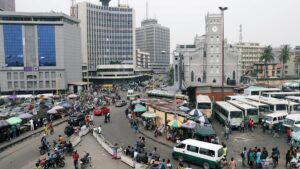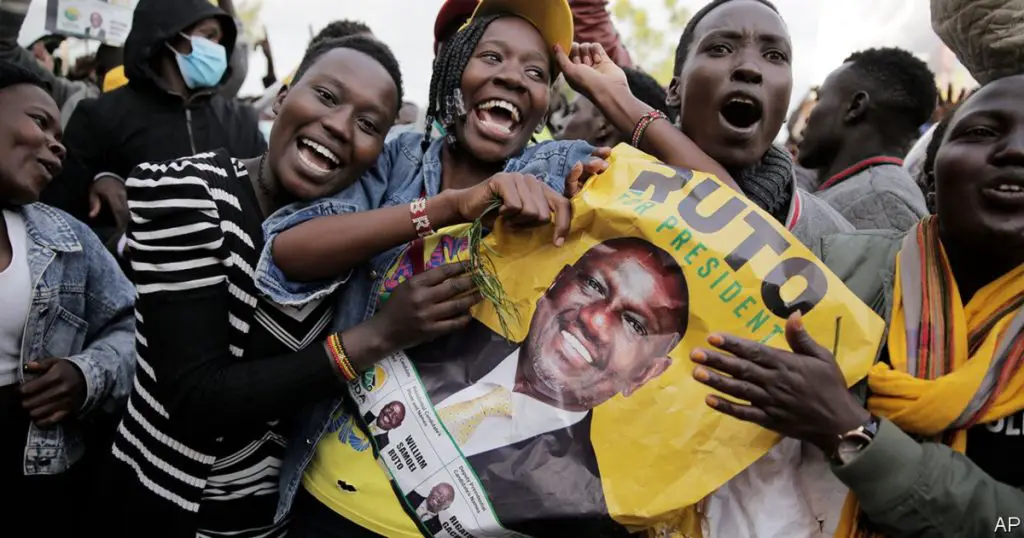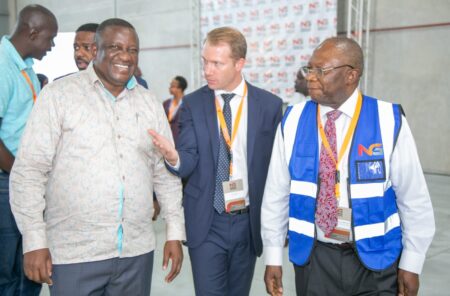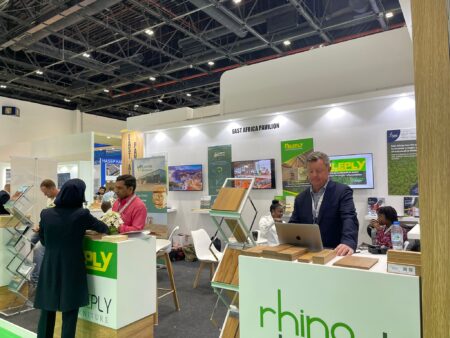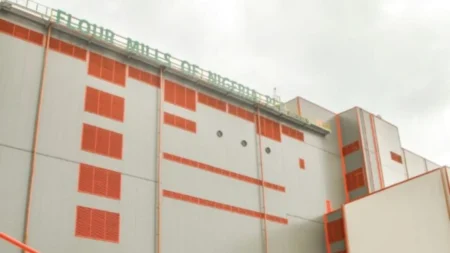- Business activity in Kenya increased in September, helped by the conclusion of the general election
- The Purchasing Managers’ Index (PMI) commissioned by Stanbic Bank shows that the growth in business activity in Kenya was the first recorded in seven months
- As a result, the headline index posted in September was at 51.7, up sharply from 44.2 in August.
- The reading signalled a renewed and modest improvement in overall business conditions.
A new report has shown that the conclusion of the general election in Kenya led to increased business activity in the country in September.
According to the Purchasing Managers’ Index (PMI) commissioned by Stanbic Bank, the growth in business activity in Kenya was the first recorded in seven months.
Business activity in Kenya was supported by customer demand growth following the general elections’ end.
It was also supported by an improvement in supply chains, encouraging firms to purchase more inputs.
As a result, the headline index posted in September was at 51.7, up sharply from 44.2 in August. The reading signalled a renewed and modest improvement in overall business conditions. Readings below 50 indicated a deterioration in business activity, while readings above 50 show improved performance.
Cost of living in Kenya rises
However, many panellists of the report noted that the cost-of-living crisis and low money circulation had continued to weigh on growth.
Three of the five monitored sectors saw activity increase during the month, namely agriculture, wholesale & retail and services.
New business growth at Kenyan fims resumed at the end of the year’s third quarter, as the seasonally adjusted New Orders Index posted above the 50.0 neutral level.
The rise in new business was solid and the first recorded since March, but weaker than the long-run trend. Survey
respondents cited that the end of the election period had led to higher customer turnout, but inflationary pressures remained a key constraint.
New export orders rose at a sharp and accelerated pace in September, extending the current sequence of growth to six months. In fact, the uplift was the strongest recorded in 2022 so far, as some companies noted that higher output allowed them to sell more items to foreign clients.
Backlogs of work continued to grow in Kenyan businesses in the final month of the third quarter, although with the respective seasonally adjusted index registering only just above the 50.0 threshold. The uplift extended the current run of accumulation to four months. Higher backlogs were partly linked to sustained capacity shortfalls
due to the election.
September data signalled only a marginal uptick in employment numbers across the Kenyan economy, following
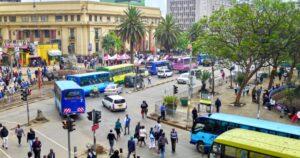
a similarly mild reduction in August. Several firms highlighted an increase in staffing to support higher new order inflows.
However, others cited the non-replacement of leavers and efforts to reduce the number of casual employees.
The report further noted that Kenyan businesses raised their purchasing activity for the first time in five months in
September, after registering the quickest drop in nearly a year-and-a-half during August.
The uplift was sharp and the strongest since February, with panellists, often attributing this to higher client demand. Construction was the only monitored sector to record a drop in purchases.
Suppliers were able to deliver items more quickly in September after the elections led to some reports of vendor delays in the previous month.
The rate of improvement in lead times was only modest but nonetheless the second-fastest in almost a year.
Some panellists commented that better availability of raw materials and high competition among vendors were behind the improvement.
Kenyan businesses also indicated a renewed uplift in their stocks of purchases at the end of the third quarter of the year and the fastest seen since April. While fresh stockpiling was generally linked to an increase in sales, some firms highlighted efforts to avoid shortages in the future.
Cost pressures faced by Kenyan businesses jumped higher in September, shown by a rise in the seasonally adjusted Overall Input Prices Index for the first time in five months.
The uptick in costs was the most marked since June but remained softer than the recent peak of inflation recorded in April and May. Notably, input costs rose at a faster rate in all five sectors covered by the survey.
The upsurge in cost inflation was largely due to a sharp and accelerated increase in purchasing costs. The rise in purchase costs was the sharpest seen for three months but remained weaker than in the four months prior to June.
Tax burden and inflation
Businesses often reported that reduced subsidies on fuel prices were behind the uptick, while others cited a higher tax burden and a stronger US dollar.
Staff costs continued to pick up marginally in September, extending the current inflation sequence to seven months. Where an increase was recorded, this was mainly associated with the higher cost of living. That said, the vast majority of respondents (98%) saw no change in their labour expenses.
Reflecting higher cost inflation, Kenyan companies raised their output charges to a greater extent in September. While less marked than those recorded in the five months prior to August, the rise was sharp overall and above
the series trend. Agriculture firms registered the quickest increase in selling prices, followed by wholesale & retail.
At the same time, Kenyan companies continued to present a relatively subdued outlook for business activity at the end of the third quarter of 2022. Despite picking up from August, the degree of optimism was one of the lowest recorded in the series history (since January 2014).
Around 12% of respondents gave a positive outlook, amid expectations of new products and services and greater market reach.


